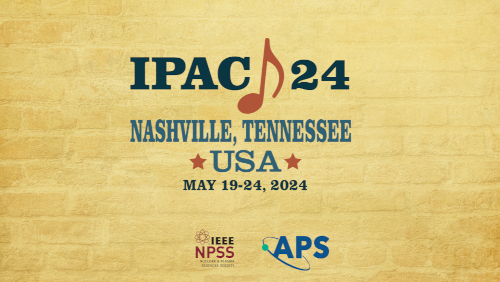Speaker
Description
The last decade has seen a renaissance of machine physics studies and technological advancements worldwide which aim at upgrading storage ring light sources to the diffraction limit up to few hundreds of keV photon energy. This is expected to improve the spectral brightness and the transversally coherent fraction of photons by several orders of magnitude in the X-ray wavelength range. This is done, however, at the expense of pulse durations typically longer than 80 ps FWHM. We discuss the compatibility of proposed and established schemes for the generation of (sub-)picosecond photon pulses durations with standard multi-bunch operation and, in particular, with diffraction-limited electron optics design. We then focus on the scheme of radio-frequency deflecting cavities generating a steady-state vertical deflection of selected electron bunches for the production of short pulses. The study demonstrates the feasibility of (sub-)picosecond long X-ray pulses at MHz repetition rate, provided simultaneously to several beamlines. The scheme provides flexibility in pulse duration, is transparent to standard multi-bunch operation, and is capable of largely preserving the transverse coherence of the emitted radiation. Ultimate performance, limits and operational aspects of the scheme are analyzed in an integrated accelerator-plus-beamlines perspective.
Footnotes
[1] S. Di Mitri, One Way Only to Synchrotron Light Sources Upgrade, J. Synchr. Rad., 25 (2018).
[2] S. Di Mitri et al., Laser-slicing at a low-emittance storage ring, J. Synchr. Rad., 26 (2019) 1523–1538.
[3] A. Zholents, New possibility for production of sub-picosecond x-ray pulses using a time dependent radio frequency orbit deflection, Nucl. Instrum. Methods Phys. Res. A, 798 (2015) 111–116.
| Region represented | Europe |
|---|

